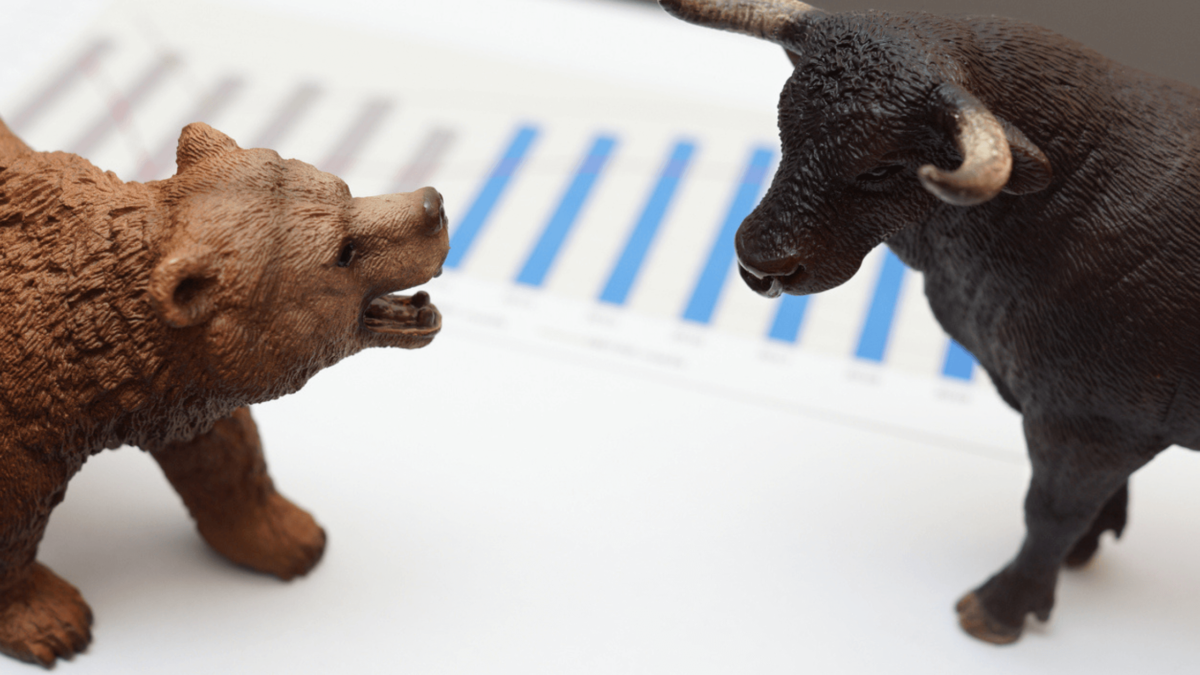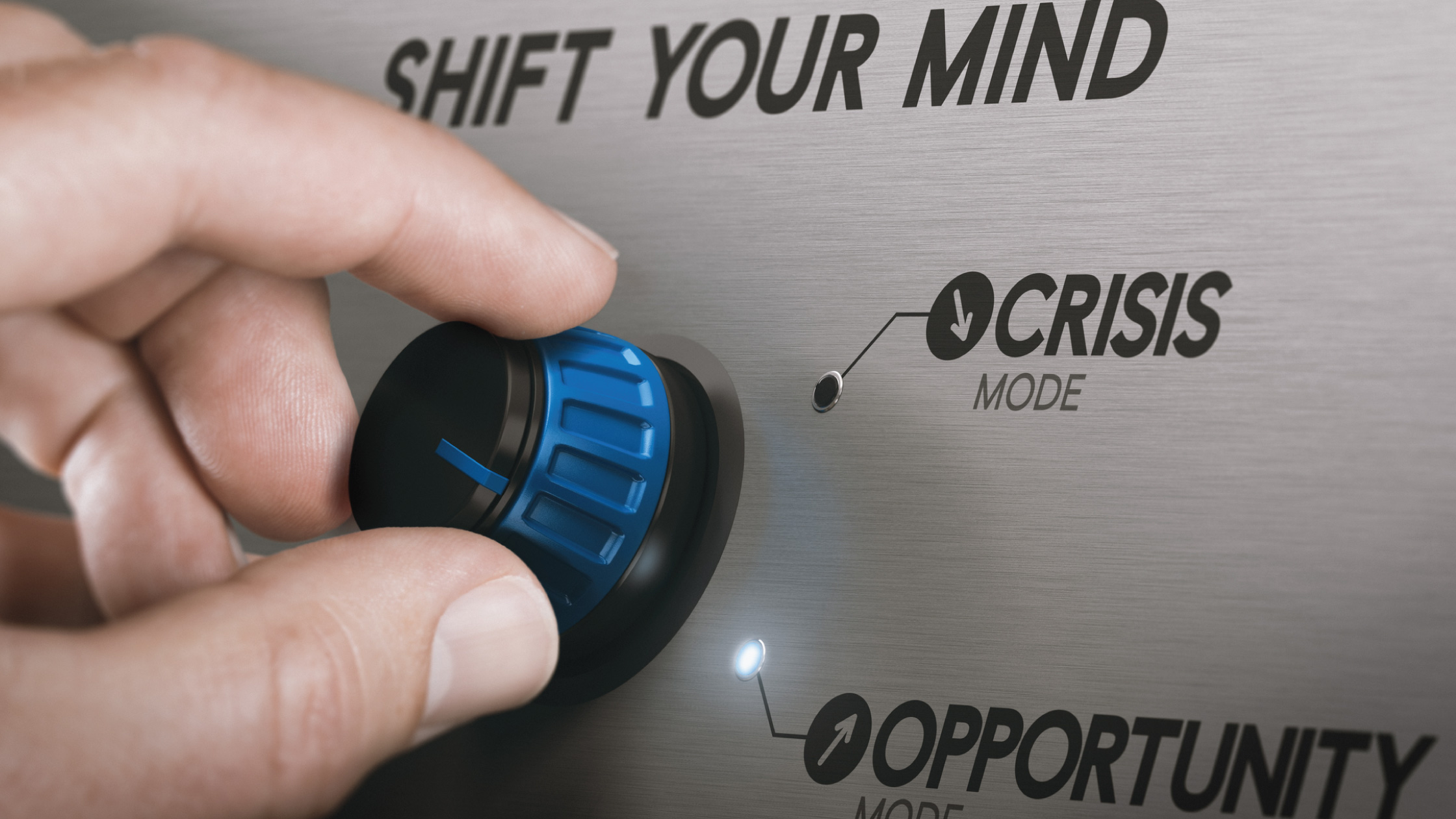This is the Fed’s window of opportunity to hike rates quickly – equities will not likely get a break
July 12, 2022

Last year, I wrote in this column about the “VILE economy” – that is, the “Volatile Inflation Low Expansion economy”. A bit of history: The term surfaced in 2008 in the midst of the Global Financial Crisis. Well, the “VILE” economy is well and truly back again. That is, inflation is at its highest in some 40 years, but economic growth is slowing. So, this is a confusing time for investors, with the market alternating between panicking over the risk of recession and celebrating slower economic growth because it may slow the pace of the Fed’s rate hikes. But this inflation beast will be difficult to slay, and it will require a Fed resolve on rate hikes that the risk asset markets will hate. Those who have been following my columns will know that I believe the mood swings between hope and despair will only lead us through a series of lower highs and lower lows. And last week’s bounce in US equities was entirely consistent with that big picture view.
Technicals ruled US equities in a week light on data.
In a week with little data of great significance, the S&P 500 danced to the tune of technical oscillators (such as stochastics, MACD, and RSI), which had been in an up-cycle since hitting oversold levels in mid-June. But the index remains well within the embrace of a downtrend channel and could indeed hit technically overbought levels within a couple of weeks – meaning it then goes through another downward swing, taking it to even lower lows.
The US economy is slowing but not enough to deter the Fed from rate hiking.
Last week, US economic data was largely focused around the jobs market. And the data did not send any big signals either way. But a reading below the headline data suggests an economy that is slowing, but well short of what would be necessary to slow Fed rate hiking anytime soon. And this is bad news for “buy-the-dip” optimists. Even while the economy slowing, the Fed will likely accelerate the pace of rate hiking, perhaps faster than the market currently expects.
For example, US initial jobless claims continued its uptrend from mid-March. The latest data released last week showed a rise of another 4,000 to 235,00. This compares to the mid-March low of 166,000. But it is well short of the 350,000-400,000 that typical heralds a US recession.
Then there was the jobs openings data which showed a 427,000 drop in job openings for May compared to April. This is another sign of a slowing economy. But again, it is still far from recessionary. We would expect the y/y change to go negative before a recession becomes imminent. Currently, it is still running at 16.8% y/y. And non-farm payrolls rose another 372,000 to 151.98 million in June. Meanwhile, wages growth, measured by the index of aggregate weekly payrolls, was running at 8.0% m/m annualized for June, up from 4.3% for May. That’s a huge leap.
Fed will keep hiking until jobless numbers surge.
Remember the Fed’s twin mandates are jobs and price stability. Inflation is at its highest in four decades. But jobs remain plentiful. Indeed the unemployment rate of 3.6% is comparable to or lower than the cyclical lows recorded in 65 years. This is the Fed’s window of opportunity to strike hard at inflation, without raising unemployment to a socially unacceptable level. It would seem pretty obvious to me the Fed will keep hiking until we see initial jobless claims rise above 300,000; job openings go negative y/y; and the Manufacturing PMI dips below 50.
The market thinks the Fed will ease off after a 75bps hike in July – it may be indulging in wishful thinking.
So, I am expecting another 75bp rise at the July FOMC. And that’s pretty much priced in by the Fed Funds Futures market. Whether equities have priced that in is not entirely clear. The Fed Funds Futures market’s most popular bets now are for 50bps in the September FOMC; another 50bps in November; and tapering to 25bps in December. That will give us 3.50%-3.75% (lower bound and upper bound respectively) for the Fed Funds Target Rate by year end. And that approximates the FOMC’s median view guidance of 3.4% by year-end. Looking at the current data, the market’s view of the rates trajectory for the year is vulnerable to shocks. If the jobs data continues to hold up, the risk is 75bps in July; 75bps in September; and 50bps each in November and December. And that is my call for the Fed rate this year. That will take the Fed Funds Target rate range to 4.00%-4.25% by year end.
With inflation this high, the Fed will likely play brinksmanship with recession.
Will the Fed stop hiking by the end of the year then? It is, as the Fed loves to tells us, “data dependent”. That is, the most reasonable answer in my mind is the Fed will keep hiking until the data tells it that it is eyeball-to- eyeball with a US recession. And to reiterate my views published in earlier columns, the US economy will most likely go into recession within the next 12 months. Not quite now, but it will likely happen. There are too many moving parts in an economy for precision in any game of brinksmanship between rates and growth. It is all too easy to misjudge. But until then, I don’t expect the Fed to ease up.
Disclaimer: CGS- CIMB Securities Chief Investment Strategist Say Boon Lim doesn’t own shares in any companies mentioned.
Say Boon Lim
Say Boon Lim is CGS-CIMB's Melbourne-based Chief Investment Strategist. Over his 40-year career, he has worked in financial media, and banking and finance. Among other things, he has served as Chief Investment Officer for DBS Bank and Chief Investment Strategist for Standard Chartered Bank.
Say Boon has two passions - markets and martial arts. He has trained in Wing Chun Kung Fu and holds black belts in Shitoryu Karate and Shukokai Karate. Oh, and he loves a beer!







